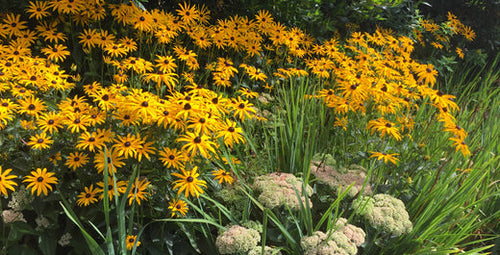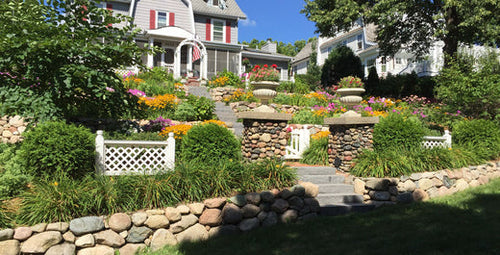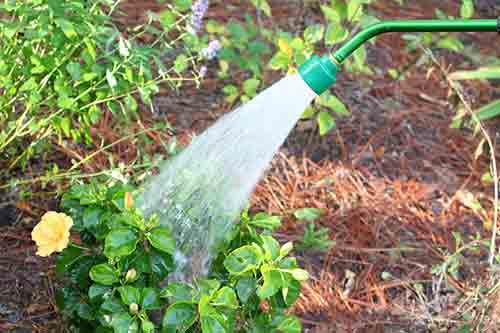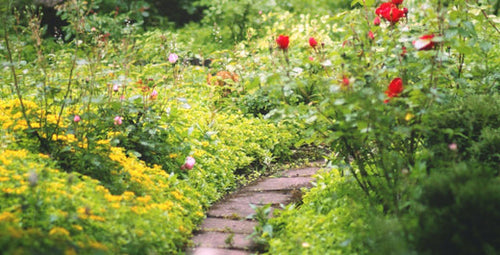Here in Florida, the weather can get pretty dry sometimes. So dry, actually, that some areas can suffer severe drought conditions. (Not sure where your county stands? Check out the U.S. Drought Monitor.)
But a bout of extended dry weather doesn’t have to mean your yard suffers. Here are some strategies you can use to keep your plants looking fresh, even if they’re not getting much rain.
Add Compost
Organic matter, such as compost, can hold moisture like a sponge, releasing it to your plants as they need it. So if you have sandy soil, like a lot of us have here in Florida, adding liberal amounts of compost at planting time can help. For already-established yards, topdress by adding an inch of compost in spring and another inch in fall.
Bonus: In addition to holding moisture better, compost encourages beneficial microorganisms in the soil that help your plants resist disease and grow more lushly.
Use Mulch
One of the best things you can do is add a several-inch-deep layer of mulch over your planting beds if you don’t have it there already. Mulch helps your soil stay moist because it shields it from the sun and , reducing evaporation. That means more moisture is available to your plants.
Bonus: Over time, wood and other natural mulches decompose into organic matter, improving your soil.
Pick Low-Water Plants
If you need to replace any plants in your beds or borders -- or want to add new planting areas, try these drought-tolerant plants (that aren’t cacti).
Agave
Desert rose
Evolvulus
Firebush
Gaura
Gaillardia
Golden dewdrop
Lavender
Mexican heather
Oleander
Plumbago
Purslane
Pygmy date palm
Salvia
Texas sage
Vinca
Written by Justin Hancock

















